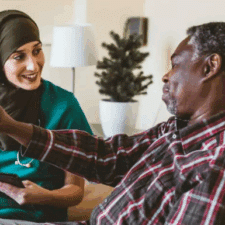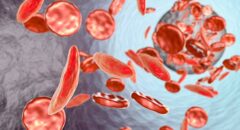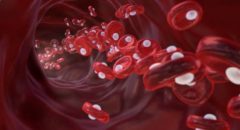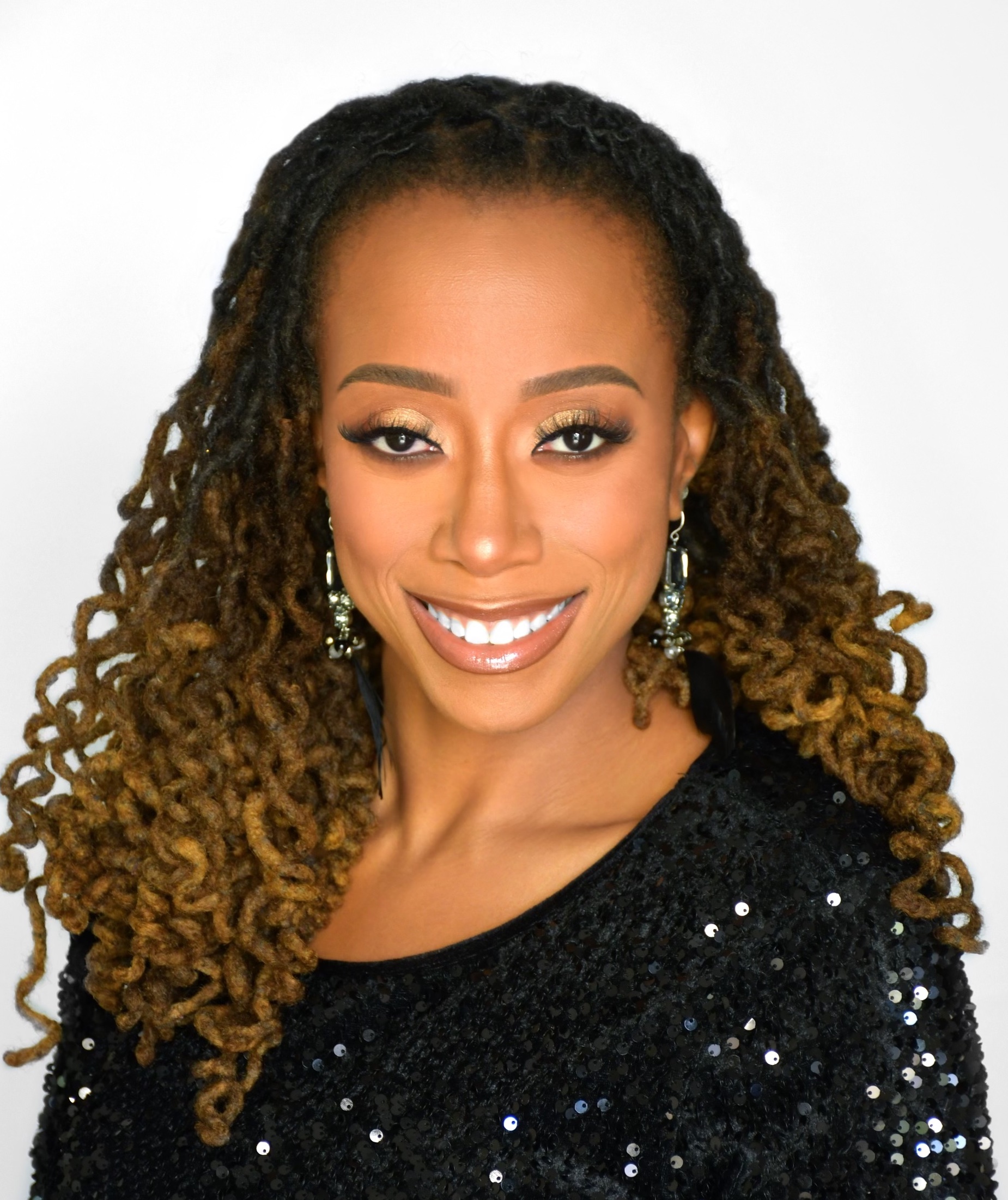
There are a number of reasons women decide to get involved in pageantry. International Mrs. Massachusetts and founder of #ThroughThePain Dima Hendricks, saw it as an opportunity for representation and to create awareness around the health disparities that exist for those living with sickle cell disease (SCD), which significantly impacts Black Americans.
Hendrick’s journey with sickle cell disease (SCD) began in the 1980s when she was diagnosed at just six months old. At the time, newborn screening for SCD wasn’t mandatory. No longer receiving fetal hemoglobin from her mother, symptoms of the disease began to manifest.
The Early Years
“My mother was not aware when I was born that I had sickle cell disease until I was six months old and I experienced my first pain crisis,” Hendricks shares. “My mother was not aware how devastating sickle cell disease actually was.”
Although the disease was having a significant impact on Hendricks, it took several visits to different hospitals before she was properly diagnosed by a hematologist.
“We went to three different hospitals and I finally went to a hospital in the Boston area where we met…my first hematologist, who diagnosed me with sickle cell disease,” she shares.
Complications and the Unseen Struggles
Throughout her life, Hendricks has received over 150 blood transfusions, which have been instrumental in maintaining her health.
“My first blood exchange transfusion happened when I had a mini-stroke (TIA) at the age of 11,” says Hendricks.
Once her sickled red blood cells were replaced with healthy donor blood, Hendricks immediately felt her body revitalize.
“I didn’t realize how important it was to have this lifesaving blood for sickle cell warriors,” she shares.
Unfortunately, the mini-stroke she experienced at age 11 was just the beginning. She has also faced vision issues, open-heart surgery, and blood clots.
Furthermore, SCD has impacted her organs, leading to complications like hepatic (liver) and renal (kidney) issues.
Childhood Challenges
A large portion of Hendricks’ childhood was wrapped around the devastating effects of the disease. In fact, Hendricks didn’t come into her own until she was in high school.
In school, she faced teasing and taunts from other children who didn’t understand her condition. She was often subjected to hurtful names and was asked why her eyes were yellow, which is a common symptom of SCD.
“Being misunderstood was very hard for me because…as a girl from Boston, everything was so tough and rough and we had to pull ourselves up by our bootstraps,” she recalls of growing up during a time when anti-bullying campaigns were uncommon and empathy and compassion weren’t as prevalent as they are today. “This battle has taken me through the wringer.”
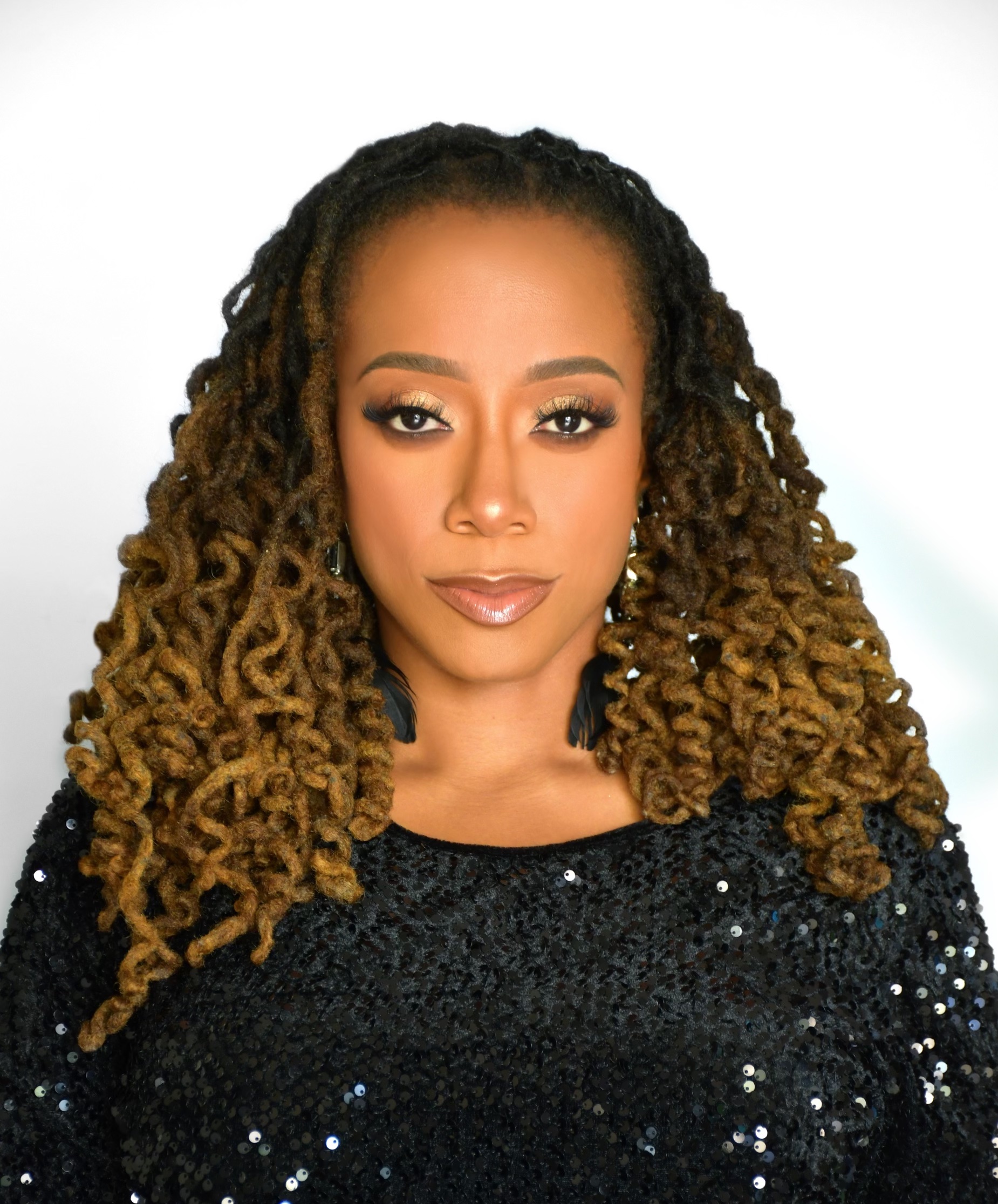
Another pivotal moment in her childhood was when her mother was murdered by her stepfather when she was just 12 years old.
“As a result, I had to pivot and kind of learn how to take care of myself with this disease because my mother was my caregiver,” Hendricks adds. “My mother was my core and life support and going from having this amazing mom to being an orphan with sickle cell disease was a complete shock.”
The loss began to affect Hendricks both mentally and physically, causing her to spend more time in the hospital.
Developing Coping Strategies
Fortunately, her time in the hospital helped her gain perspective on how to better manage her disease.
Now in her 40s, Hendricks has lived much longer than she thought she would.
Although one of the hallmarks of Hendrick’s wellness has been receiving lifesaving blood transfusions when needed, she’s also learned other coping strategies to help her manage the disease:
- Prioritizing Mental Health: Recognizing the connection between mental health and the disease, Hendricks made mental health care a priority. She sought the help of a psychiatrist to address the emotional and psychological aspects of her condition.
- Self-Care: Hendricks emphasizes the importance of self-care, which includes maintaining a balanced diet, regular exercise, and getting sufficient rest. A focus on maintaining overall well-being plays a crucial role in managing SCD.
- Dietary Changes: As she got older, Hendricks noticed that her body couldn’t tolerate certain foods.“I’m transitioning into a pescatarian-based and vegetable whole grain diet now because my body can’t take certain foods,” she shares.
- Weather Precautions: SCD can be triggered or exacerbated by weather changes. Hendricks advises dressing in layers and being prepared for the transition between air-conditioned indoor environments and outdoor weather, which can help prevent crises.
“All of these little things that I’ve learned as I got older has helped me sustain in living well with sickle cell disease,” the warrior says.
Lifesaving Blood Transfusions
According to the American Red Cross, there is a chronic need for blood donations to support more than 100,000 people living with sickle cell nationwide who depend on the generosity of blood donors.
With a recent 25% drop in blood supply levels, Hendricks has teamed up with the Red Cross to stress the importance of blood donations for sickle cell warriors. The shortage affects many lives, potentially limiting the availability to provide blood transfusions and red cell exchanges for individuals like her.
Although an estimated 62% of the U.S. population is eligible to donate blood, only about 3% donate each year largely in part due to their own fears or hesitations.
For those who are hesitant to donate or who think they may not be able to donate, Hendricks advises contacting the Red Cross.
“If you’re not healthy enough to give, Red Cross will let you know,” Hendricks advises. “But just consider giving because you’re saving not just the life of a cancer patient or someone who is experiencing a car accident, but you’re also helping the life of a sickle cell warrior.”
For more information about the need for blood for sickle cell patients, blood donation eligibility or to schedule an appointment to give, visit the American Red Cross or call 1-800 – RED CROSS.

